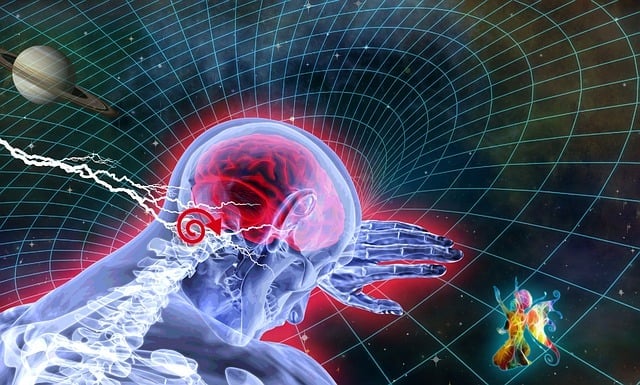This process significantly enhances the degradation of antibiotics like tetracycline hydrochloride (TCH) and chloramphenicol (CPL), marking a new frontier in bioremediation techniques and sustainable pollution control.
Solar radiation is a crucial driver of biological processes, traditionally recognized for its role in plant photosynthesis. Recent studies have uncovered the ability of non-phototrophic microorganisms, such as those in soils and sediments, to harvest solar energy through mineral-microbe interactions. These findings point to the broader influence of sunlight on microbial metabolism and geochemical processes, even in saturated environments like soils and sediments. By harnessing the interaction between minerals like iron and microorganisms, this emerging field of biophotoelectrochemistry provides a new mechanism for energy storage and pollutant mitigation in dark zones of soil, where light penetration is limited.
A study (DOI: 10.48130/ebp-0025-0006) published in Environmental and Biogeochemical Processes on 15 September 2025 by Bo Pan's & Baoshan Xing's team, Kunming University of Science and Technology & University of Massachusetts, offers a sustainable, efficient, and scalable method for addressing soil and groundwater pollution, opening new possibilities for clean-up strategies in diverse ecosystems.
In this study, the interaction between iron minerals (Fe2O3 or FeOOH) and the bacterium Bacillus megaterium (B. megaterium) was explored to investigate the accumulation and release of electrons during light-dark cycles. The co-culturing system showed a continuous charge-discharge function and a photovoltage memory effect. The electron storage capacity, measured as the total accumulated charge (∑σ), increased with higher bacterial density, indicating that denser biofilms facilitate more efficient charge capture and storage. The system demonstrated a clear disparity between charge accumulation in the light and release in the dark, with the light-exposed systems consistently achieving higher charge values. Notably, the net accumulated charge increased from 2.87 μC·cm−2 to 4.08 μC·cm−2 after several cycles. This unique "photovoltaic memory" feature of the biofilm was further evidenced by a significant increase in the degradation efficiency of pollutants, such as TCH and CPL, during the dark phase following light exposure. After 60 minutes of light exposure, degradation efficiency for TCH and CPL improved by 66.7% and 46.7%, respectively. The mechanism behind this degradation was attributed to the synergistic interaction between the iron minerals and bacteria, which facilitated efficient electron transfer and storage, enabling the system to function as a "biological capacitor." The structural and electrochemical analyses revealed that the bacteria-mineral biofilms enhanced electron transfer and facilitated charge storage, leading to significant improvements in pollutant degradation. These findings suggest that the Fe2O3 /B. megaterium biofilm system offers a promising, sustainable method for addressing environmental pollution, particularly in soil and groundwater, through light-driven charge storage and release mechanisms.
This study provides valuable insights into the potential for using solar-powered biofilms to treat environmental pollutants in soils and sediments. The biocapacitor mechanism demonstrated by the Fe2O3/B. megaterium system offers a sustainable method for pollution control that does not require continuous illumination. The ability of these biofilms to store and release energy for pollutant degradation in dark environments could revolutionize bioremediation practices, particularly for soil and groundwater treatment. This system has the potential to enhance the effectiveness of current methods, providing a cost-effective and energy-efficient solution for cleaning up antibiotic-contaminated sites.






